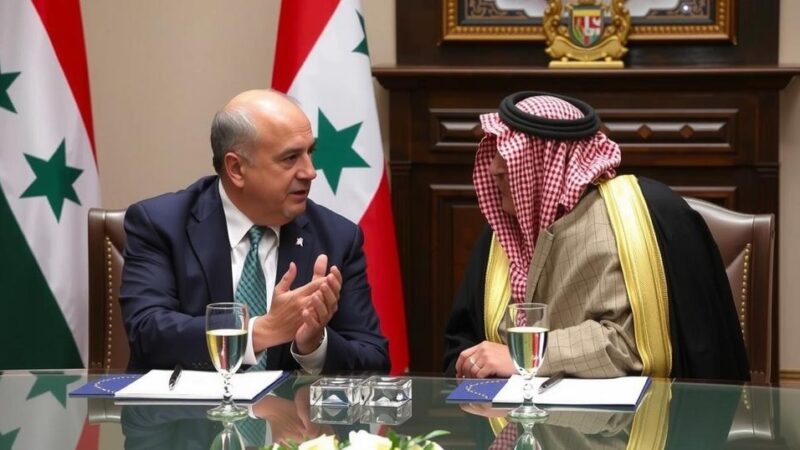A wider conflict in the Middle East has emerged following Israel’s assassination of Hezbollah leader Hassan Nasrallah, prompting Iran’s missile retaliation against Israel. The situation poses significant questions regarding U.S. involvement and the potential for further escalation in hostilities involving Hamas, Hezbollah, and Iran.
The ongoing conflict in the Middle East has reached a critical juncture, evolving into what analysts are labeling as a wider war. Following a year marked by the horrific terrorist attacks of October 7, 2022, which resulted in the deaths of approximately 1,200 individuals in Israel, the geopolitical tensions have escalated sharply. President Biden has persistently cautioned against the escalation of attacks from Hamas into a broader conflict involving Iran and its proxy groups, particularly Hezbollah. Recently, the assassination of Hezbollah leader Hassan Nasrallah by Israeli forces catalyzed increased military actions, including a ground invasion of Lebanon. Iran’s retaliation on the following Tuesday with the launch of nearly 200 missiles at Israel has propelled the region into one of its most perilous phases since the Arab-Israeli War of 1967. In the aftermath of these developments, the principal concerns revolve around the potential for further escalation and the depth of United States involvement in support of Israel. Following the significant events of recent days, the Biden administration has shifted its approach from preventative warnings to active management of the conflict. Although U.S. officials have reaffirmed Israel’s right to respond to Iran’s provocations, they have expressed caution regarding direct military strikes on Iranian nuclear facilities, with the aim of preventing a complete breakdown of stability in the region. Currently, Israel is engaged in military confrontations with multiple adversaries: Hezbollah in Lebanon, Hamas in Gaza, the Houthis in Yemen, and Iran itself. This multi-front struggle includes intensified airstrikes on Lebanon following Nasrallah’s assassination, retaliatory rocket attacks from Hezbollah, and continued actions against Hamas-controlled territories in Gaza. Additionally, the Houthis have launched missiles at Tel Aviv, prompting further Israeli airstrikes on Houthi military targets. This unprecedented escalation represents a scenario that Mr. Biden has sought to avert, revealing the severe limitations of diplomatic endeavors even amid a substantial American military presence in the region.
The article discusses the recent escalation of conflict in the Middle East, highlighting the intense hostilities between Israel and various groups, including Hamas and Hezbollah, as well as Iran’s involvement. The situation has significantly deteriorated since last year’s attacks, which marked a drastic turning point in Middle Eastern geopolitics. The fear of a wider war encompassing Iran and its proxies has been a continuous concern for the Biden administration, prompting a shift from caution to active engagement in attempts to manage the conflict.
In summary, the Middle East is currently facing a critical and volatile phase of conflict, with multiple parties engaged in military confrontations. The Biden administration is grappling with the implications of these hostilities and the potential for increased U.S. involvement in defense of Israel, while also navigating the complexities posed by Iran and its proxies. As the situation continues to evolve, the potential for broader escalation remains a pressing concern that requires careful diplomatic handling.
Original Source: www.nytimes.com







